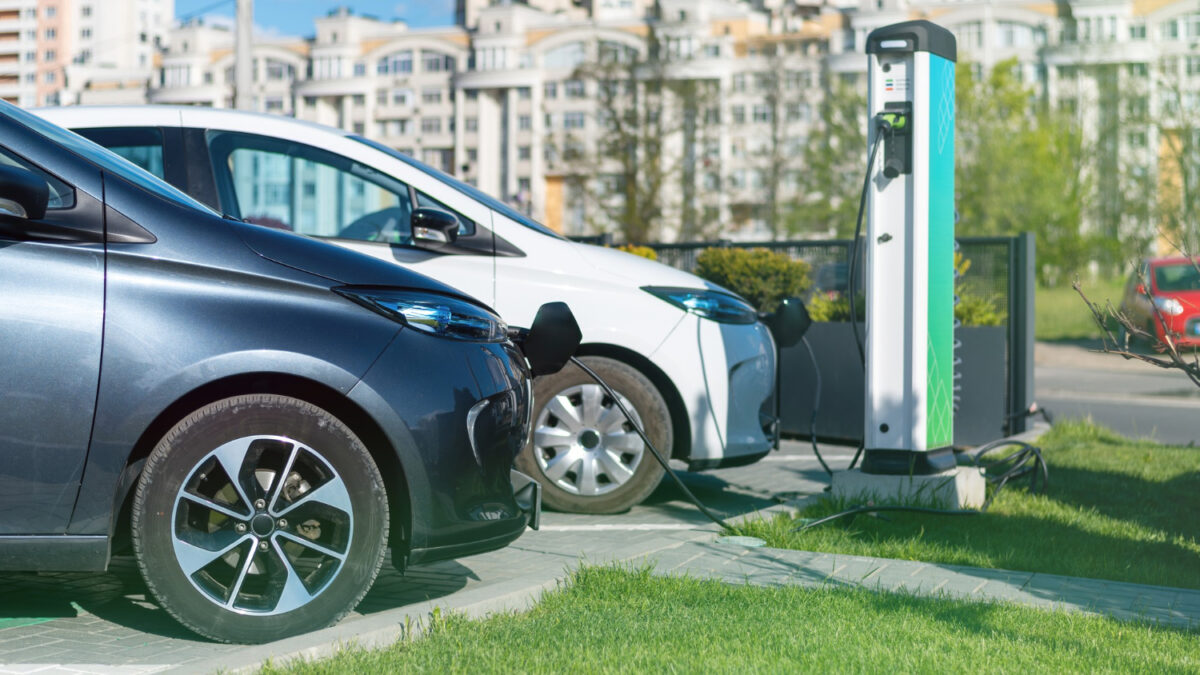The government’s program to develop an electric vehicle ecosystem to achieve zero emissions needs to consider the impact on environmental sustainability.
The increasing mobility of the people in Jakarta has had a bad impact on the quality of air in the capital. Jakarta was named as the city with the highest air pollution level in the world in June 2022. This air pollution is caused by emissions from a number of sectors.
“Maybe we should look at just the past year first. So, in 2021, the average PM2.5 content is used as a measure of air pollution standard by the WHO and other countries. The average PM2.5 content in Jakarta in 2021 was at 39 and this is an average so, basically it is valid for the entire city of Jakarta,” said Nafas Indonesia CEO and Co-Founder Nathan Roestandy.
“We can compare this to the WHO guideline which stands at 5, and that is almost eight times higher than the WHO threshold and something that is eight fold higher is certainly quite bad.”
Nafas Indonesia has developed an air quality monitoring application that uses sensors in more than 45 locations throughout Jakarta and its surroundings.
Data from the Jakarta environment office shows that 75 percent of the air pollution in Jakarta comes from the emissions of motorized two-wheel and four-wheel vehicles. Exhaust fumes contributed around 45 percent of the PM2.5 concentration.
“We are even seeing that there is an annual increase of between 2.5 to 7 percent in the number of motorcycles and cars in Jakarta. If we look at the number of motorcycles and cars in Jakarta they now reach some 17 million, 70 percent of that being motorcycles,” said WRI Indonesia Sustainable Business and Corporate Engagement Manager, Nanda Noor.
WRI Indonesia data also included an estimated 13,000 PM.2.5-related deaths in Jakarta in 2020.
The continuously worsening air condition and its fatal impact on public health prompted the Indonesian President Joko Widodo to accelerate the development of electric vehicle ecosystem that is expected to help the country reach zero emissions in 2060.
“To begin the development of an electric vehicle ecosystem. And we hope that in line with our target, our carbon emissions would stand at 29 percent in 2030. And in 2060 we will enter to the net zero carbon emission,” the president said.
CNN Indonesia talks to Malvin, 34, an online motorcycle taxi driver who has been using an electric motorcycle for the past two years. He uses the electric motorcycle as his vehicle to make a living because it was more economical and efficient compared to conventional motorcycle.
“I saw that electric vehicles may become the priority in the future. And from the experience of my colleagues who use normal motorcycles to make a living on the streets like these, within one or two years, their motorcycles already faced problems such as needing an overhaul, or dealing with engine troubles. So, I thought I would be better off using electric, which is more economical, as the system only involves charging it, it is cheaper,” Malvin said.
Another electric vehicle owner, Emir, an employee in Jakarta, has been using electric car for 18 months and he said that electric cars have their own advantages and weaknesses.
“The plus side is that the cost is really low. Its after sales service is also guaranteed free for five years and its battery is also guaranteed, we are not bound by the odd and even number plate policy, its tax is low and not progressive, and lastly, there’s the environment factor, its more environmentally friendly,” said Emir.
Meanwhile the state utility company Perusahaan Listrik Negara (PLN) continues to provide more charging stations although it’s still limited.
“In Jakarta there are about 26 locations with 38 chargers. So throughout the country, I can add that they are in 117 locations in 59 cities with total 150 charging stations (SPKLU),” said Ririn Rachmawardini, PLN Senior Manager for Commerce and Services for the Greater Jakarta Area.
However, the electrification drive has so far only been targeted at personal vehicles while in the public transportation sector efforts are lagging behind. A research by the Institute for Transportation and Development Policy (ITDP Indonesia) shows that the electrification of vehicles could suppress emissions to prevent a climate crisis in 2050.
This electrification drive must also cover public transport. “In 2050, electrification does contribute to the reduction in greenhouse gas emission. So, let us say we want to prevent a climate crisis in 2050, this can be achieved through electrification of the urban transportation sector,” said ITDP Transport Assistant, Rifqi Khairul Anam.
Meanwhile, PT TransJakarta Corporate Secretary and Public Relations, Anang Rizkani Noor says electric buses can reduce operational cost by up to 35 percent and can reduce carbon emission by 50 percent.
Melky Nahar, coordinator of the Mining Advocacy Network (JATAM) underlines the impacts of electrification on the environment. Nahar says the exploitation of mines to obtain minerals such as nickel and copper that are raw materials for electric car batteries can threaten the environment and its sustainability, and he added “can give rise to even more serious and long-term environmental damages.”
This story was produced with support from Internews’ Earth Journalism Network through the Asia-Pacific Story Grants 2022 program and was first published in Bahasa Indonesia by CNN Indonesia on 6 December 2022.
Banner image: Two electric cars at a charging station in the city. Credit: frimufilms on Freepik.
